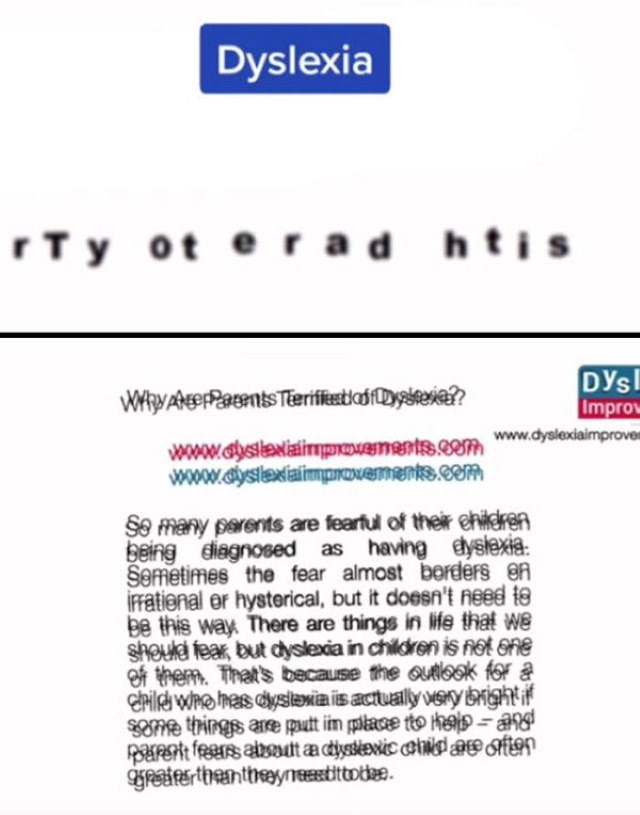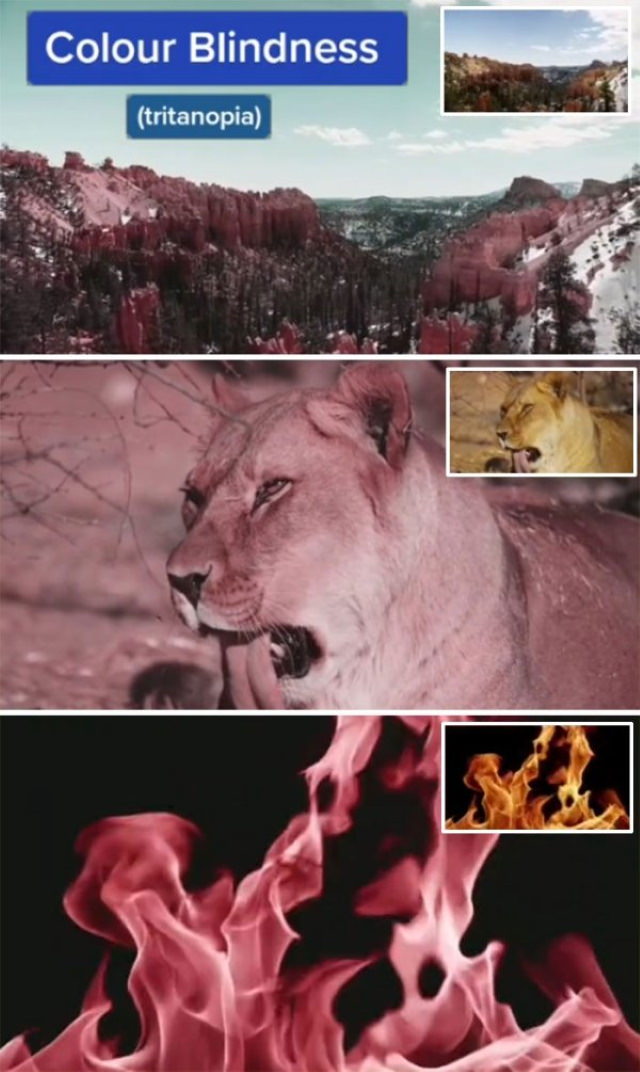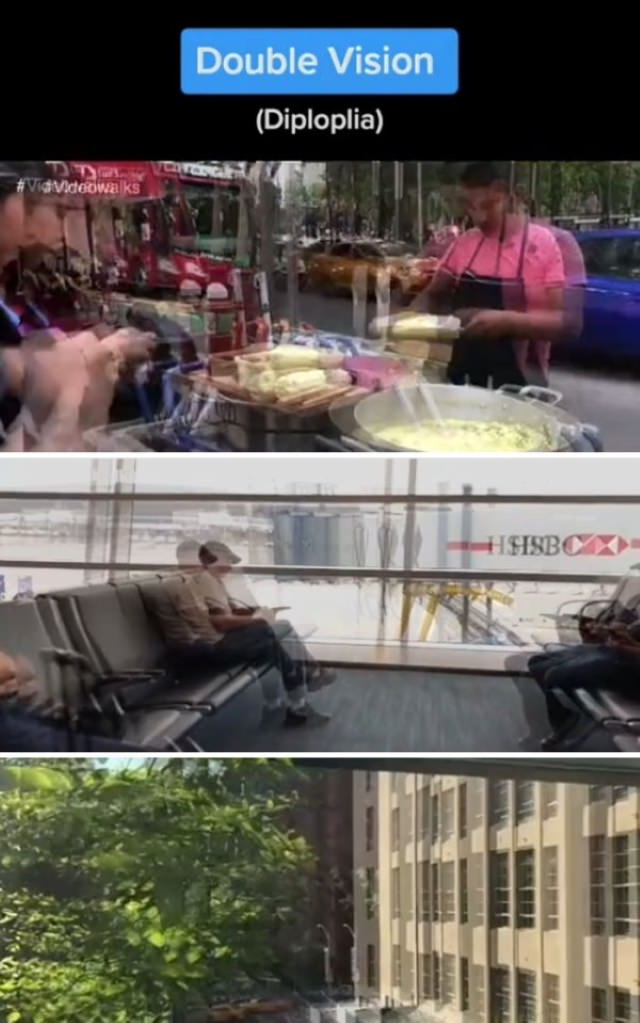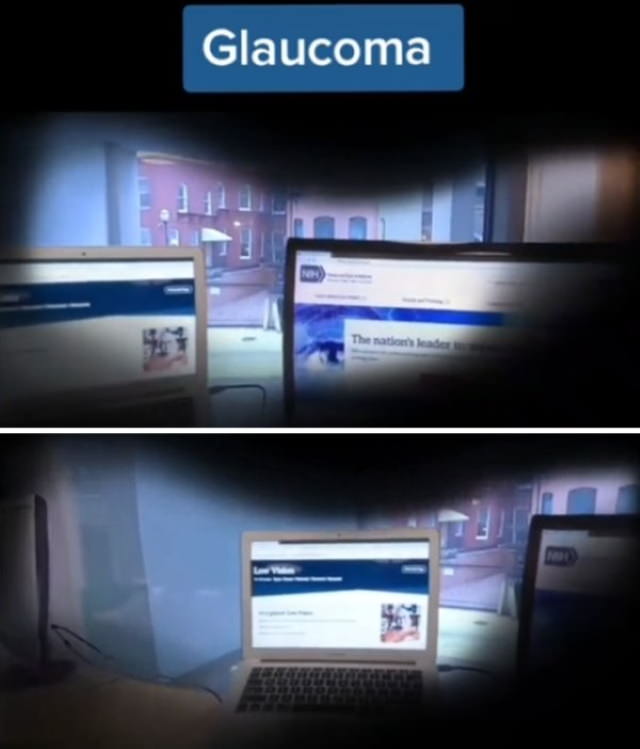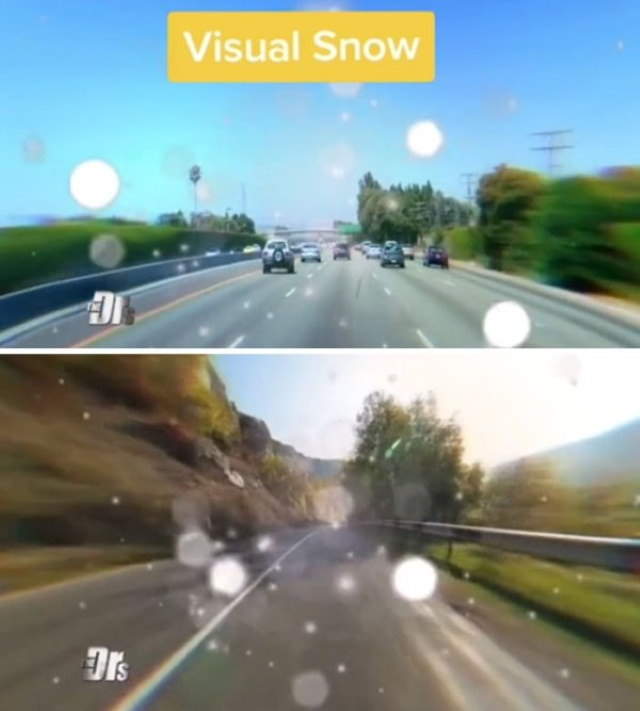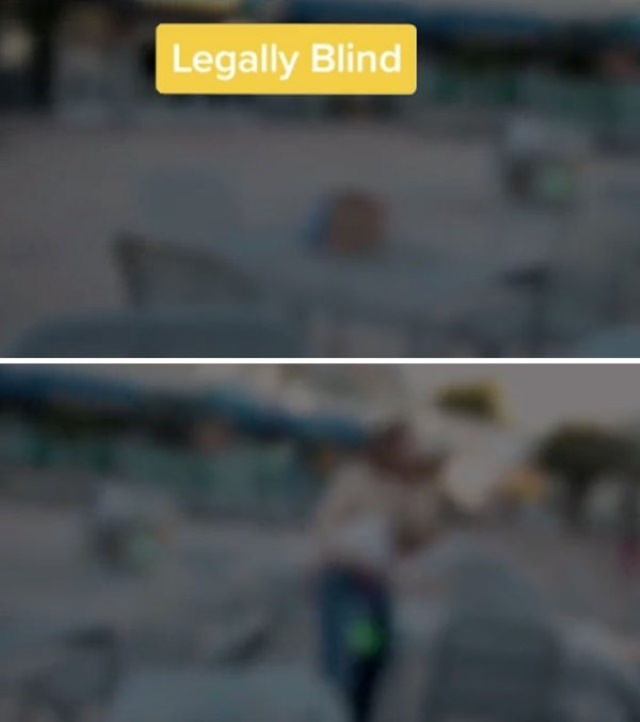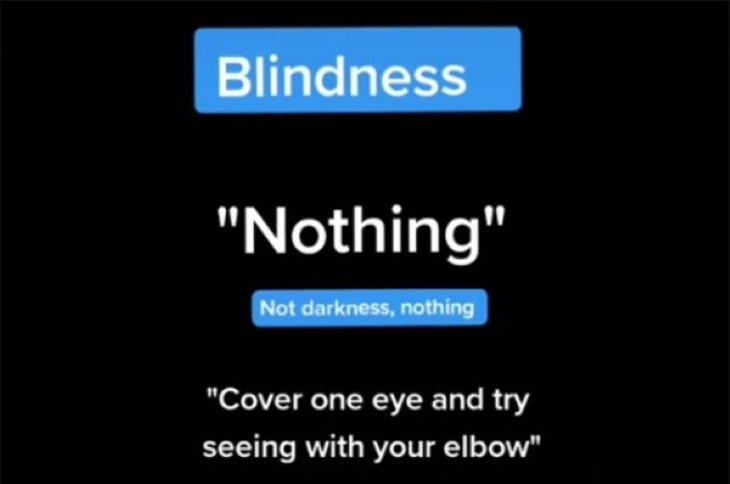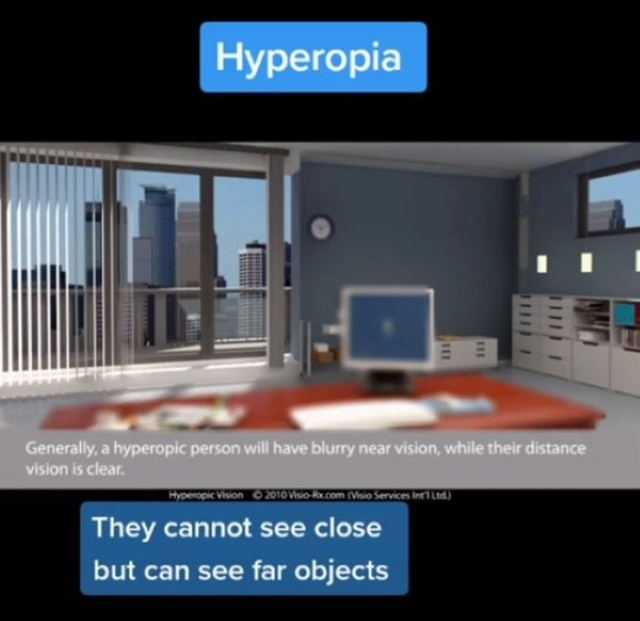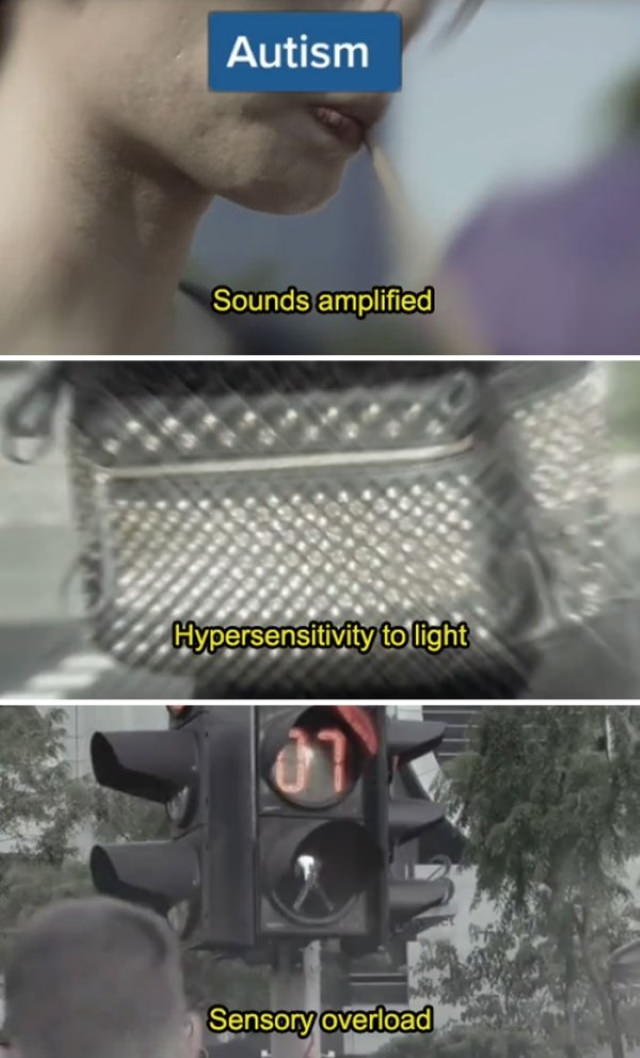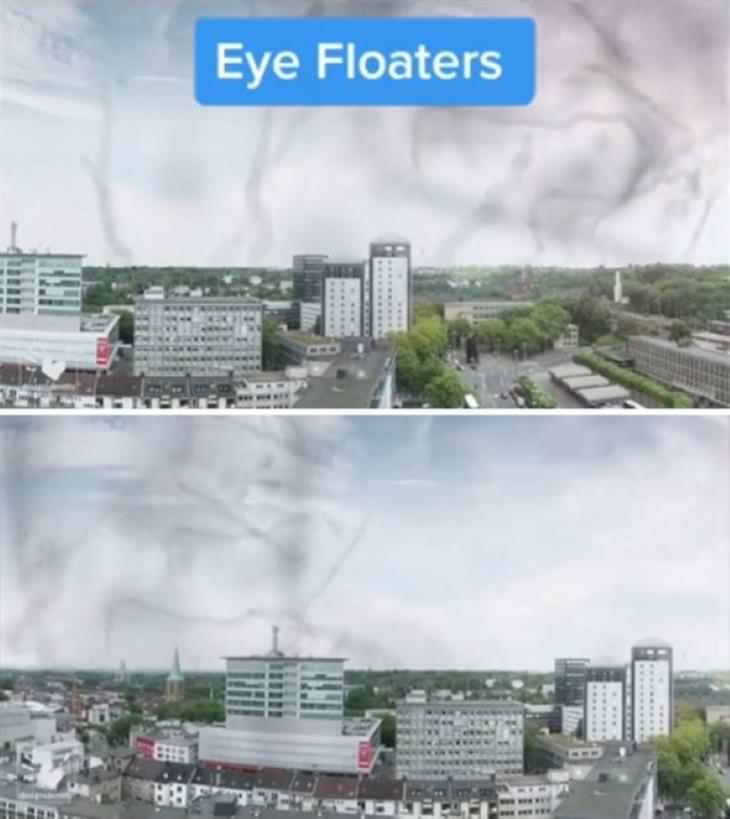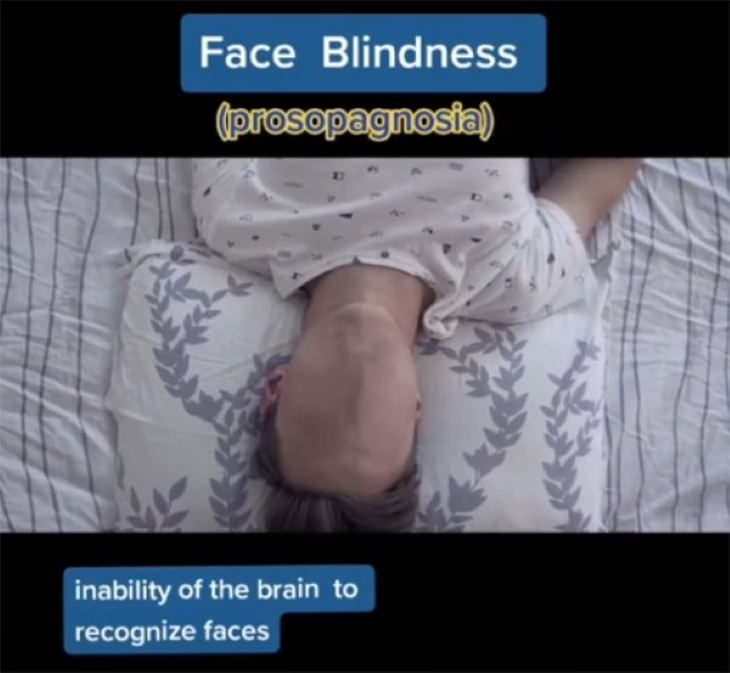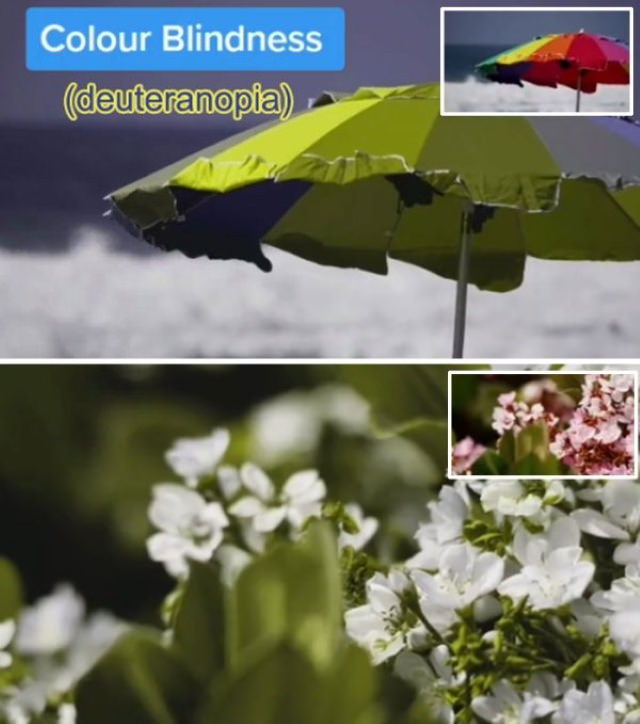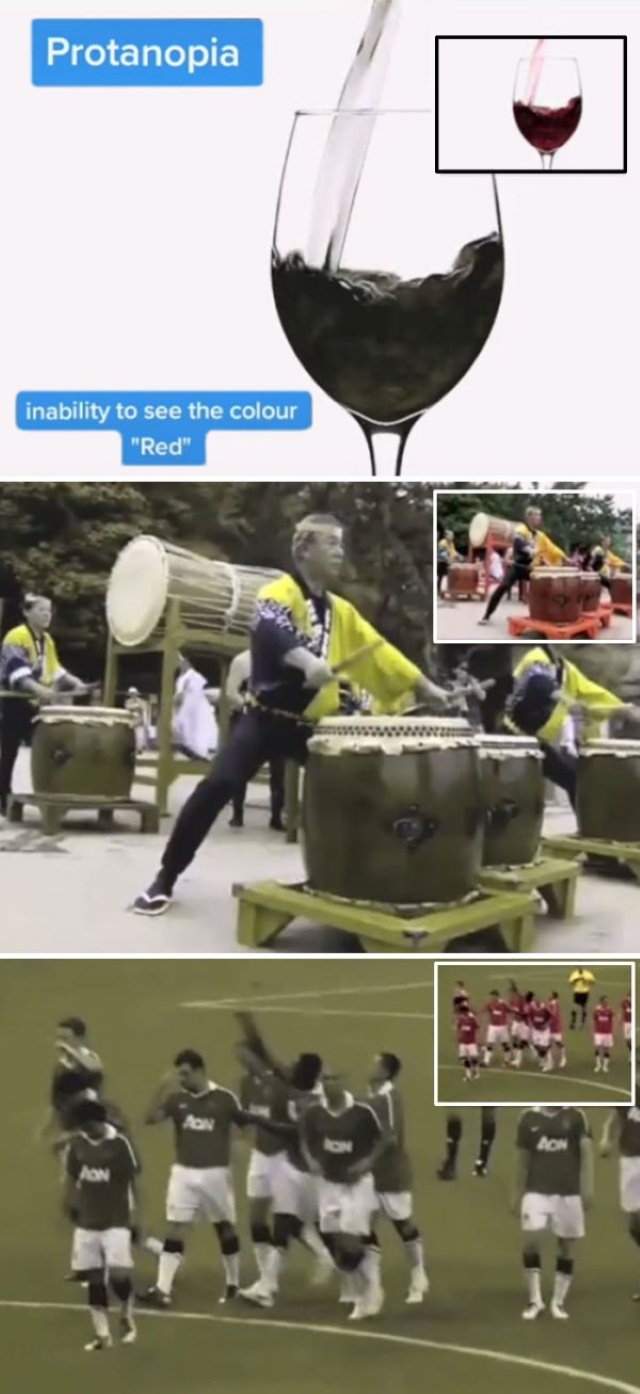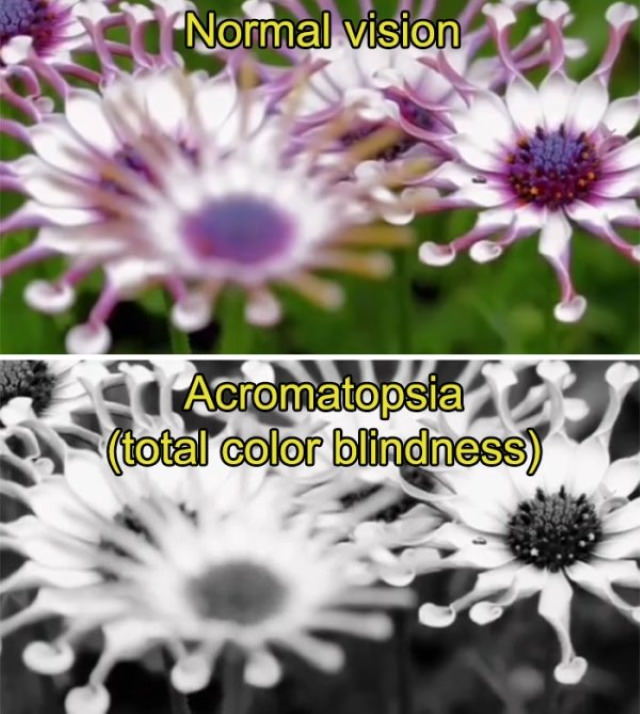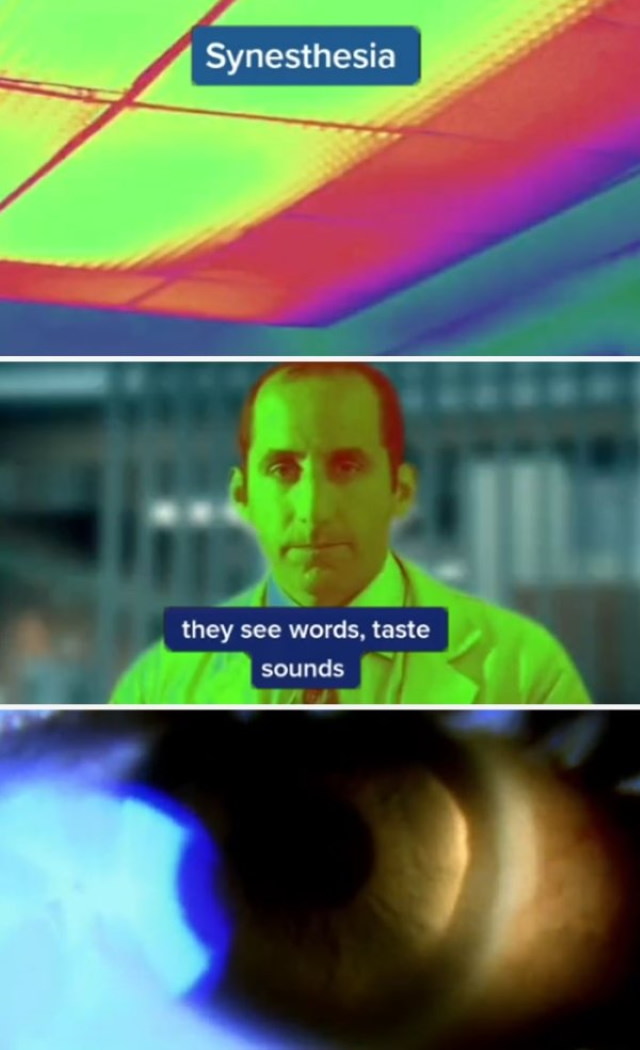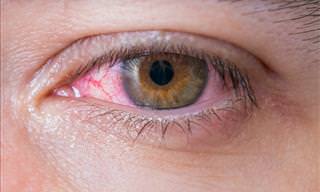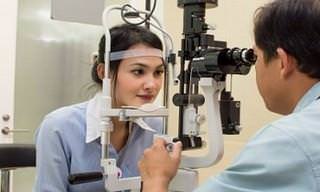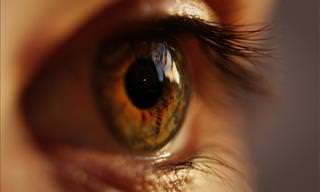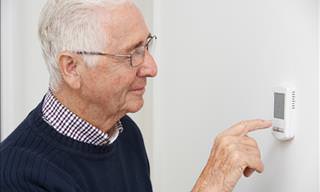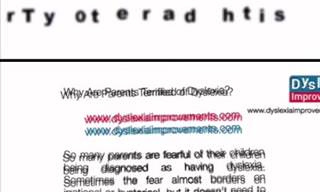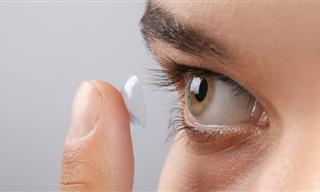It can be difficult to understand what a person is going through when they’re suffering from a medical condition you’ve never experienced yourself. Walking in another person’s shoes, if only for a moment, may help you garner empathy and understand at least partially what a loved one is going through.
Research estimates that 253 million people suffer from a visual impairment of some sort, and the CDC reports that 12 million Americans 40 years and older have limited vision. That’s a lot of people! Do you have a friend, family member, or neighbor affected by a medical condition that limits vision? If so, you may find it practical or helpful to understand his or her condition better with the help of these 19 images that demonstrate various vision-altering health conditions.
1. Dyslexia can have visual processing symptoms, which refers to a reduced ability to make sense of information perceived through the eyes.
2. There are many kinds of color blindness. Tritanopia sufferers cannot distinguish between blue and yellow.
3. Diabetic retinopathy is a complication of diabetes. High blood sugar levels slowly damage the retina, and the patient may experience gaps and dark areas in vision.
4. Double vision can affect one or both eyes. The health condition can worsen one's sense of balance, movement, and reading ability.
5. Glaucoma occurs when the optic nerve is damaged. It starts as blurry vision and can develop into significant vision loss. Glaucoma is the leading cause of blindness after age 60.
6. Visual snow is a mysterious and incurable condition that can start suddenly and last for years. Individuals suffering from the condition see white, black, or transparent dots in part or the entire visual field.
7. Legally blind individuals have 20/200 vision or less in the better eye or a field of vision that is less than 20 degrees.
8. A cataract is a cloudy area in the lens of the eye that leads to blurry vision. Cataracts develop slowly and rarely impair vision until age 60.
9. Nystagmus is a condition that causes repetitive, uncontrolled movements of the eyes. These movements can reduce coordination, balance, vision, and depth perception.
10. Only 18% of legally blind people are totally blind.
11. Farsightedness, or hyperopia, is when a person can see distant objects clearly, but nearby objects are blurry. The condition affects around 10% of the US population.
12. Myopia, or nearsightedness, is the opposite of hyperopia. People with myopia can see closeup, but distant objects seem blurry. Almost 2 billion people worldwide have this condition.
13. Autism is a neurodevelopmental disorder, but visual problems are common and affect more than half of autism sufferers.
15. Prosopagnosia, or face blindness, is the inability to recognize or tell apart faces. It is a rare, lifelong brain disorder that is usually diagnosed in early childhood.
16. Deuteranopia is a genetic type of color blindness where patients cannot distinguish between red and green.
17. People suffering from protanopia don't have red cones in their eyes, so they don't see the color red.
18. People suffering from complete achromatopsia don't see colors. Only one in 30,000 people suffer from this condition.
19. Synesthesia is an extremely rare neurological condition where one type of information - be it visual stimuli, sounds, or tastes - can stimulate several senses.
Share this information with family and friends!
 Go to BabaMail
Go to BabaMail


